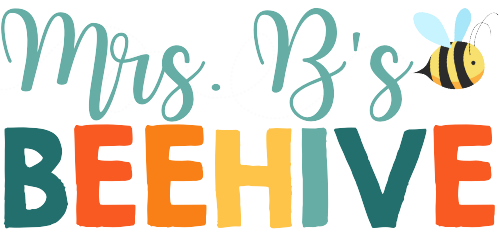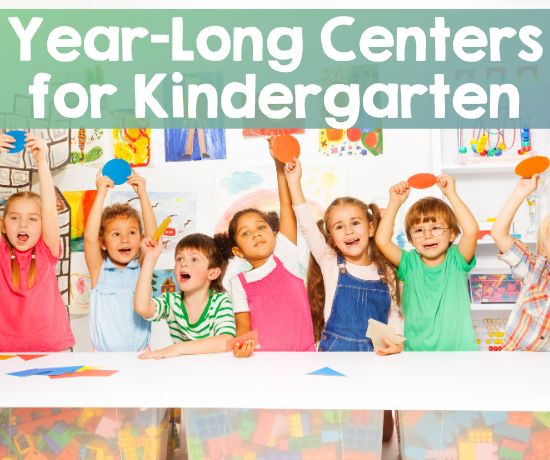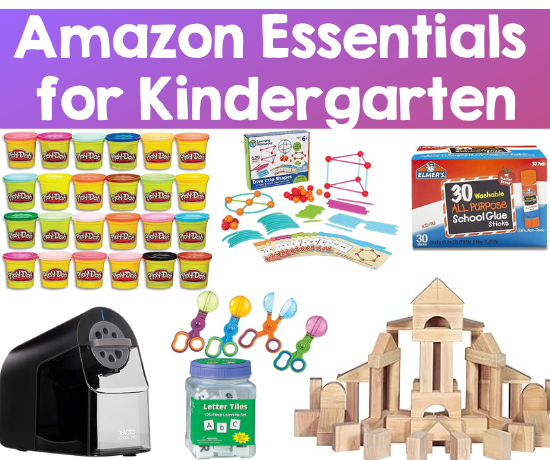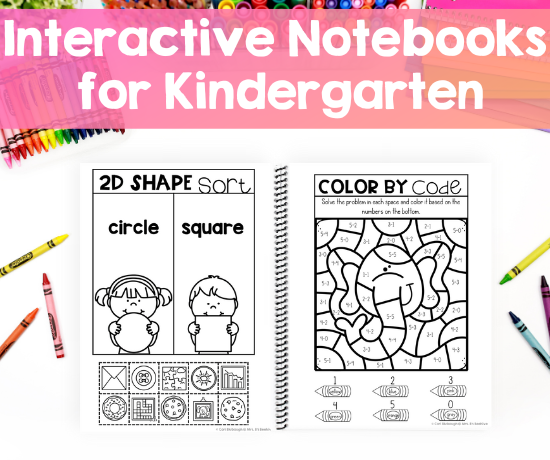In a bustling kindergarten classroom, center time is a pivotal period where young learners engage in hands-on activities, fostering their cognitive, social, and emotional development. To meet the diverse needs of each child while maintaining a cohesive learning environment, educators turn to differentiation – a powerful teaching strategy that tailors instruction to individual abilities. In this blog post, we’ll explore the art of differentiation during center time and share valuable tips for keeping the formatting consistent while targeting various skill levels.
Understanding Differentiation:
Differentiation is a teaching approach that acknowledges the unique learning styles, strengths, and challenges of each student. By adjusting the content, process, and product of instruction, teachers can create a harmonious classroom where every child thrives. During center time, differentiation allows educators to present the same overarching activity while adapting the specific skill being taught to accommodate varying readiness levels.
Tips for Effective Differentiation During Center Time
- Flexible Grouping: Arrange students into small groups based on their skill levels, keeping in mind the importance of mixing abilities to foster peer learning. Option 1 – create groups where students are at the same skill level and do the same work. Option 2 – create groups with varying skill levels and group members help each other to complete the assignment.
- Leveled Tasks: Maintain uniformity in task format while offering different levels of complexity. For instance, in the picture below you see worksheets from my Phonics Bundle. While all the worksheets have the same format, they provide practice with different phonics skills. More advanced students can work on beginning blends while struggling students might work on beginning sounds. Differentiation during center time can be done without the students being aware of it.
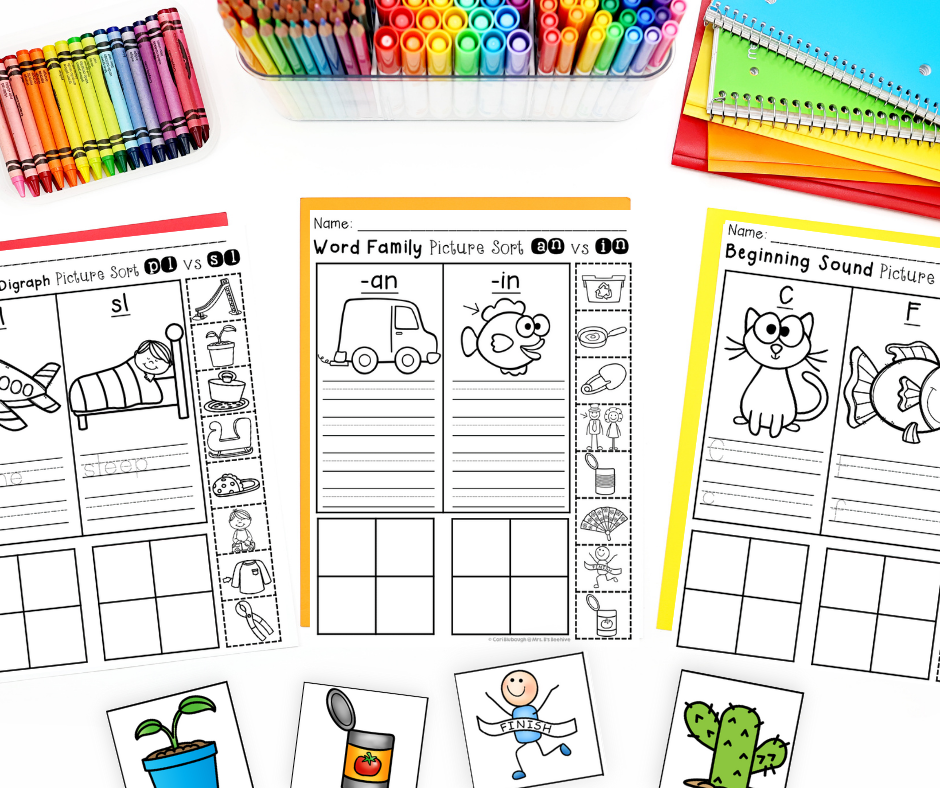
- Scaffolded Support: Provide varying degrees of support within the same activity. For a counting exercise, beginners may work with numbers 1-5, while others tackle numbers 1-10 or even higher. Sometimes giving students an alphabet chart or a 1-100 chart can make a world of difference in their ability to complete the assignment.
- Varied Resources: Offer different resources to cater to diverse learning styles. Incorporate visuals, manipulatives, or audio cues to reinforce understanding, ensuring that the essence of the activity remains constant. Boom Cards are great for the audio component. For pre-readers, I love to include audio support that’s just like having a teacher standing right next to them! Differentiation during center time can mean some students get audio cues while other go without.
- Student Choice: Dedicate a section of center time for students to choose activities aligned with their interests and abilities. This autonomy fosters motivation and engagement. My early finisher task cards work great for this because students choose the skills they feel most comfortable with.
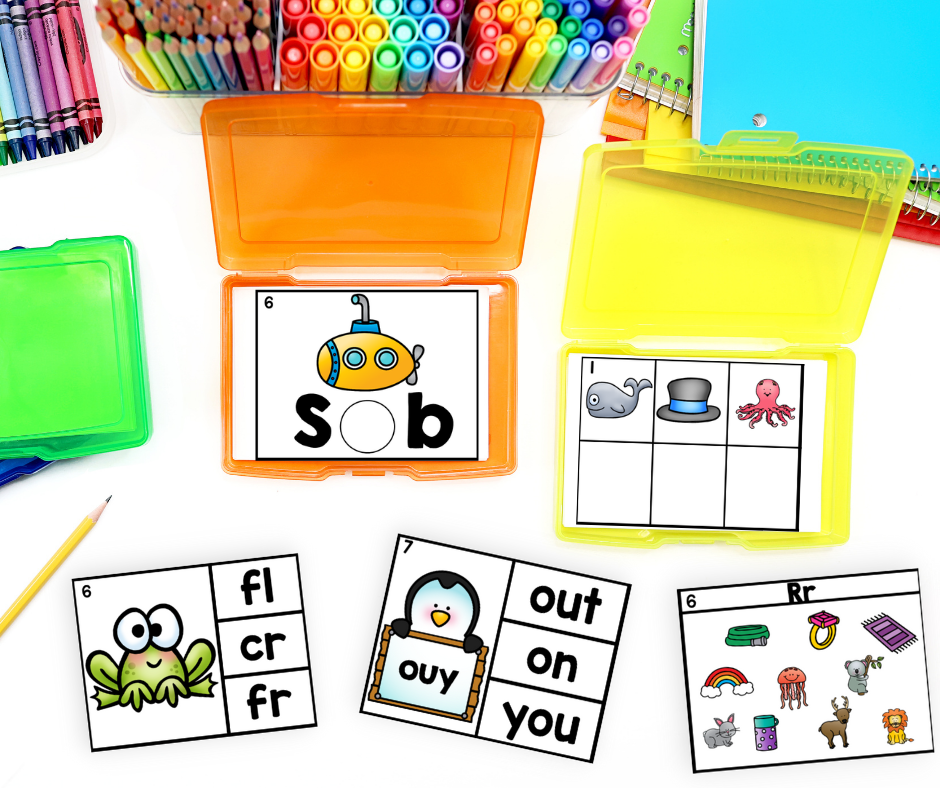
- Teacher Time: Designate moments for one-on-one or small group interactions with the teacher. This allows for personalized support and enrichment, ensuring no student is left behind. I know that when you assign your students to center time it can be very tempting to work on other things during that time. Taking the time to walk around for at least part of the time to assist and informally assess can make a world of difference!
- Data-Driven Differentiation: Utilize assessment data to guide your differentiation decisions. Regular assessments help identify areas where students need additional support or challenges. This is another area that Boom Cards really shine because of their back-end reporting they give you for each deck! Learn more about how to set up Boom Cards and view the assessments with the link!
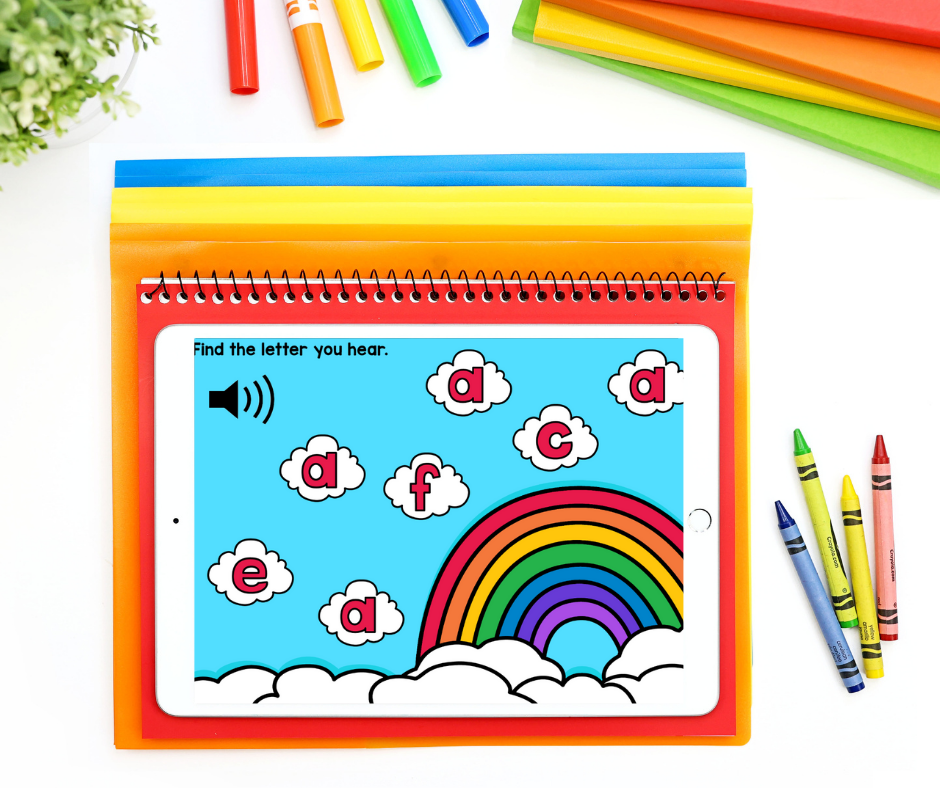
Benefits of Differentiation During Center Time:
- Inclusivity: Differentiation promotes an inclusive classroom where all students feel valued and empowered to learn at their own pace.
- Personalized Growth: By targeting specific skills, differentiation encourages each child’s growth and development, building a solid foundation for future learning.
- Confidence Building: Students experience success and build confidence as they progress through tasks tailored to their abilities.
- Holistic Development: Differentiation addresses not only academic skills but also social and emotional needs, fostering well-rounded learners.
In conclusion, differentiation during center time is a powerful tool that enables educators to accommodate diverse learners within a structured and consistent framework. By maintaining a consistent activity format while adjusting the skill level, teachers create an environment where every child can flourish. Embracing differentiation enhances learning outcomes, nurtures individual strengths, and fosters a sense of belonging in the kindergarten classroom. Learn more about how I set up my centers and the resources I use to help differentiate on my website.
